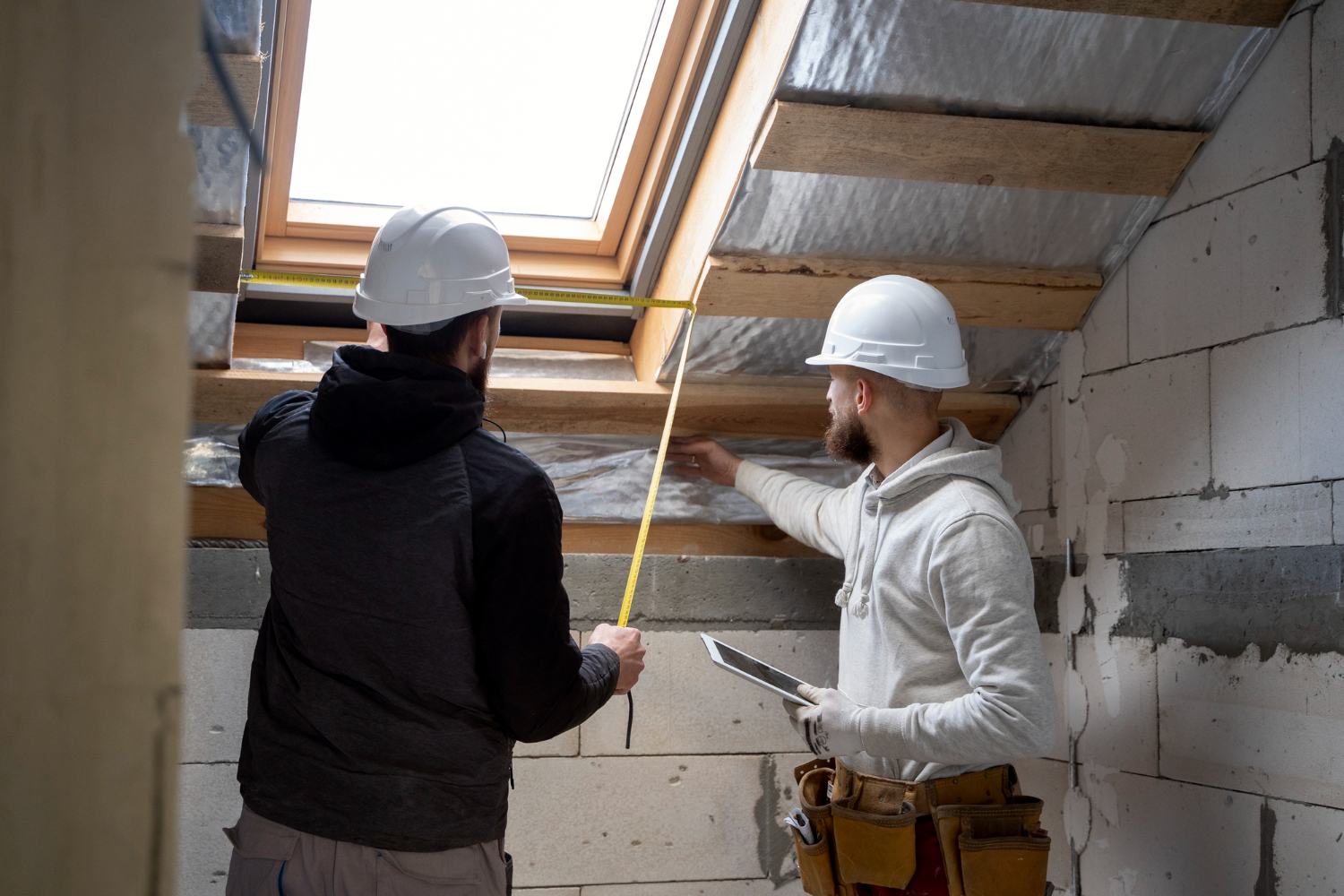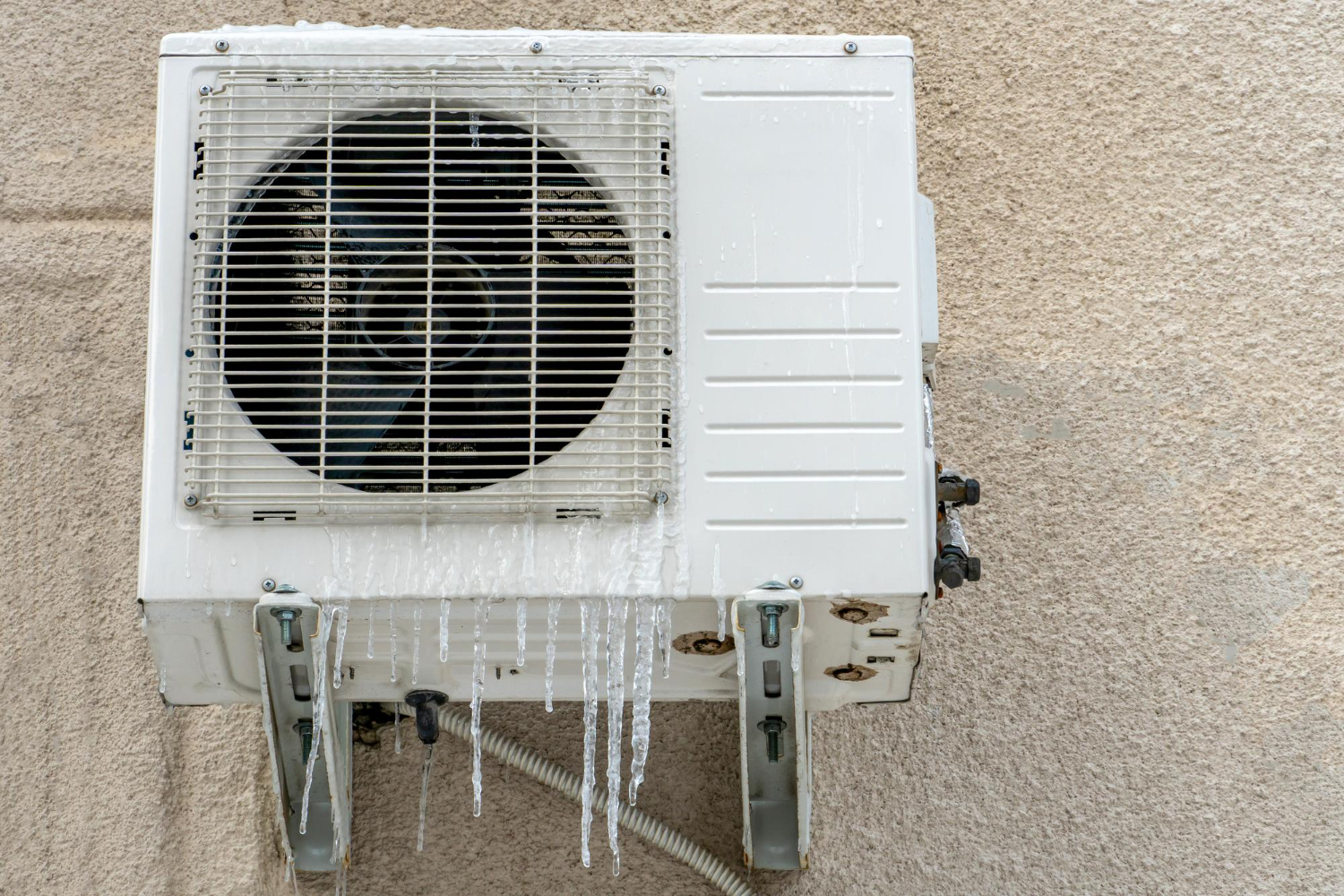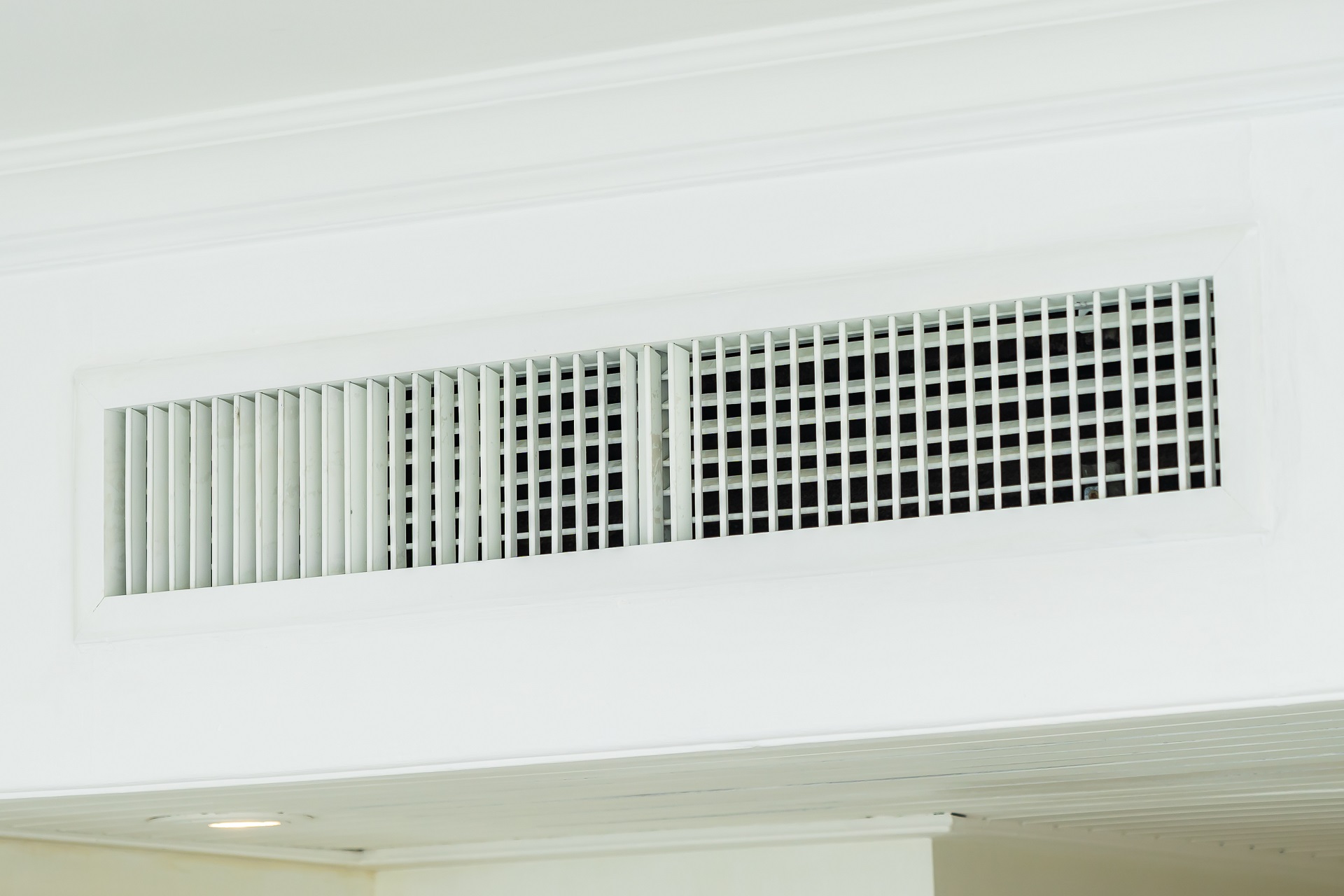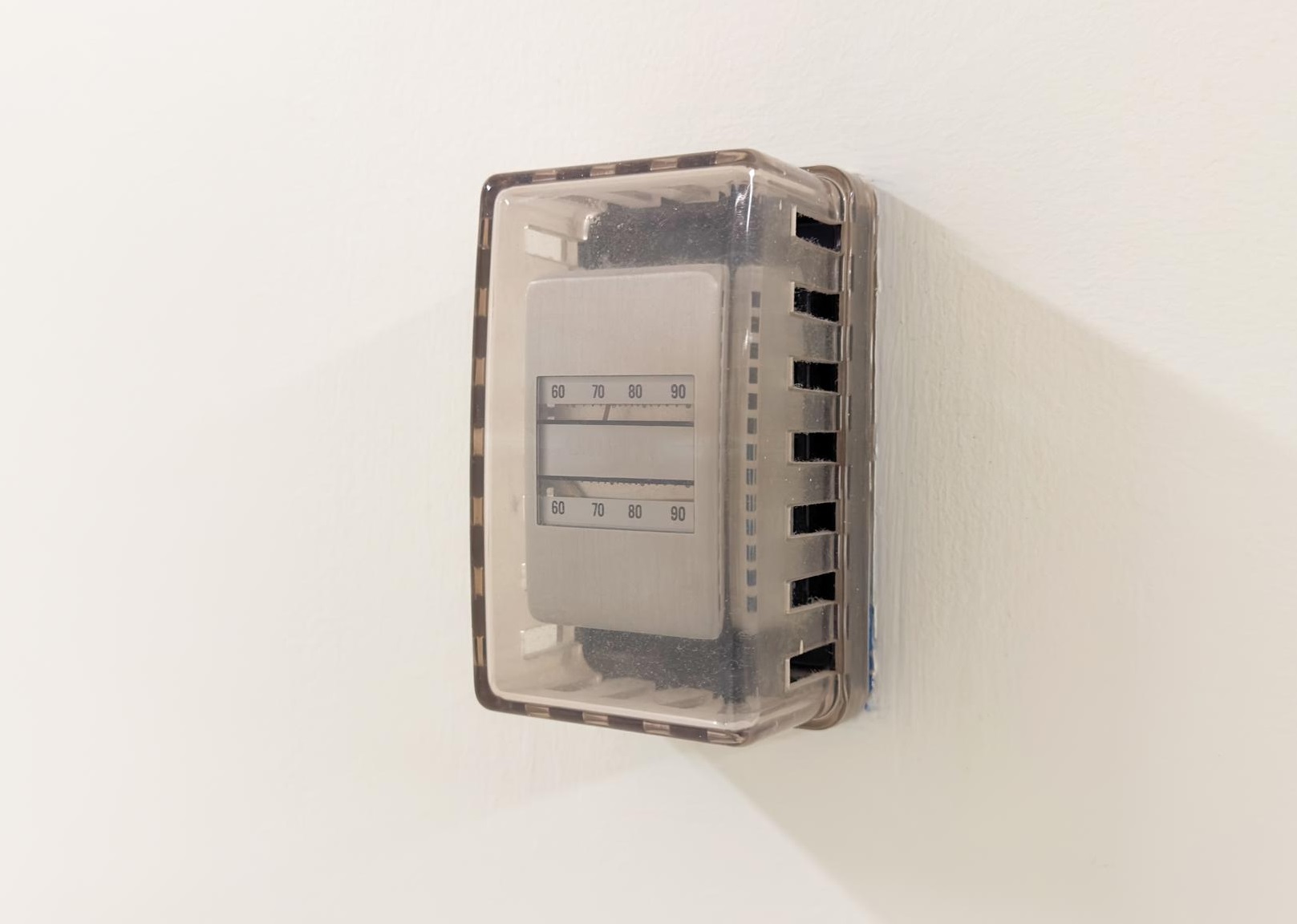Insulation stands as a cornerstone of home comfort and energy efficiency, especially in regions like Harker Heights. As homeowners strive to create cozy indoor environments throughout the year, understanding the intricacies of insulation becomes vital. The R-Value of insulation is one key concept homeowners should grasp to make informed decisions. With the right R-Value, homes can maintain consistent temperatures and reduce energy consumption, a critical consideration as energy costs continue to fluctuate.
R-Value is a term often encountered in discussions about home insulation, yet it might not be entirely clear to everyone. It measures how well insulation can resist heat flow. The higher the R-Value, the better the insulation’s ability to keep heat from escaping or penetrating the house. Grasping the significance of R-Value not only helps homeowners choose the most suitable insulation but also ensures that their homes remain comfortable regardless of the season.
What Is R-Value?
R-Value is a metric used to evaluate insulation material’s effectiveness. Understood as a measure of thermal resistance, it tells homeowners how well a specific type of insulation can prevent heat transfer. In simple terms, the higher the R-Value, the better the insulation performs in keeping the desired indoor temperature steady. This value depends on several factors, including the type of material used, its thickness, and its density.
Key Points About R-Value:
– Definition: R-Value gauges an insulation material’s resistance to conductive heat flow.
– Measurement: Expressed per inch of thickness of the insulation.
– Variability: Different materials have different R-Values.
Understanding this concept helps when comparing insulation types. Common insulation materials such as fiberglass, cellulose, and foam board each have distinct R-Values, guiding choices based on specific needs. For instance, fiberglass insulation might have an R-Value between R-2.9 to R-3.8 per inch, whereas spray foam could offer R-6.5 to R-7 per inch, demonstrating how different materials stack up against each other.
When choosing insulation for a home, particularly in varied climates like Harker Heights, considering the R-Value ensures effectiveness and efficiency. For instance, in areas with colder winters or hotter summers, a higher R-Value may be necessary to maintain comfort and reduce heating and cooling demands. It becomes essential for homeowners to assess these criteria to make informed decisions that align with their home’s requirements.
Benefits of High R-Value in Blow-In Insulation
Choosing insulation with a high R-Value can significantly enhance a home’s energy efficiency, enabling homeowners to keep indoor temperatures consistent and comfortable. By effectively trapping heat during winter and keeping it out during summer, high R-Value insulation reduces the need for constant heating or cooling. This efficiency translates to lower energy bills, offering a relief from high utility costs.
Blow-in insulation, particularly when combined with a high R-Value, provides several benefits. It can fill gaps and crevices more effectively than traditional batt insulation, ensuring that there are no leaks or cold spots. This comprehensive coverage not only boosts energy savings but also contributes to a more comfortable living space throughout the year. Additionally, using blow-in insulation supports a sustainable lifestyle by reducing the carbon footprint due to decreased energy usage.
Blow-In Insulation for Harker Heights Homes
For residents of Harker Heights, blow-in insulation is an ideal choice because it adapts well to the local climate. With temperatures that can fluctuate widely, having a reliable form of insulation becomes increasingly important. Blow-in insulation, made from materials like cellulose or fiberglass, is installed by professionals using special equipment that distributes the insulation evenly across attics and wall cavities.
Here are some specific advantages of using blow-in insulation in Harker Heights homes:
– Energy Efficiency: Seals small gaps and enhances thermal resistance.
– Quick Installation: Can be added to existing insulation to boost R-Value without major renovations.
– Soundproofing: Reduces noise from outside, making homes quieter.
– Eco-Friendly Options: Many types, like cellulose, use recycled materials.
Choosing the Right R-Value for Your Home
Deciding on the right R-Value for your insulation depends on several factors specific to your home. Considerations include the age of the house, its construction type, and the specific areas needing insulation. For example, attics might require a different R-Value compared to walls because of different exposure levels to external conditions.
To achieve the best insulation results, consulting our professionals is recommended. They can provide an accurate assessment of your home’s needs. This way, you’ll ensure that your home remains comfortable, energy-efficient, and cost-effective throughout the year.
Enhancing Comfort and Efficiency with the Right Insulation
Highlighting the importance of selecting appropriate insulation, a professional assessment stands as a prudent step for homeowners in Harker Heights. Blow-in insulation offers many advantages, and with the right R-Value, these benefits can be fully realized. Taking action to adapt homes with effective insulation solutions meets the needs of day-to-day comfort and long-term energy savings. Whether upgrading existing insulation or installing new, making informed choices ensures homes stay cozy and efficient throughout every season.
Upgrade your home’s comfort and energy efficiency by exploring our professionals’ solution with blown-in insulation in Harker Heights; our careful installation addresses gaps and enhances thermal resistance to help maintain consistent temperatures all year round. The Coolest Air is ready to assist you with a thorough assessment that targets your home’s specific needs, and for a quick estimate or to book a service visit, please contact us today.






